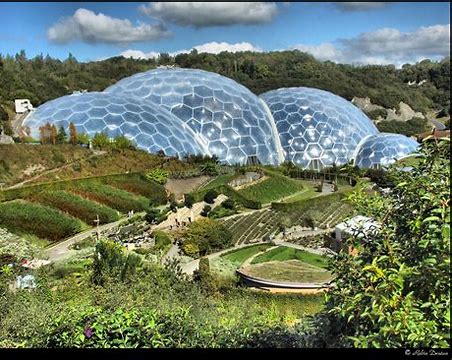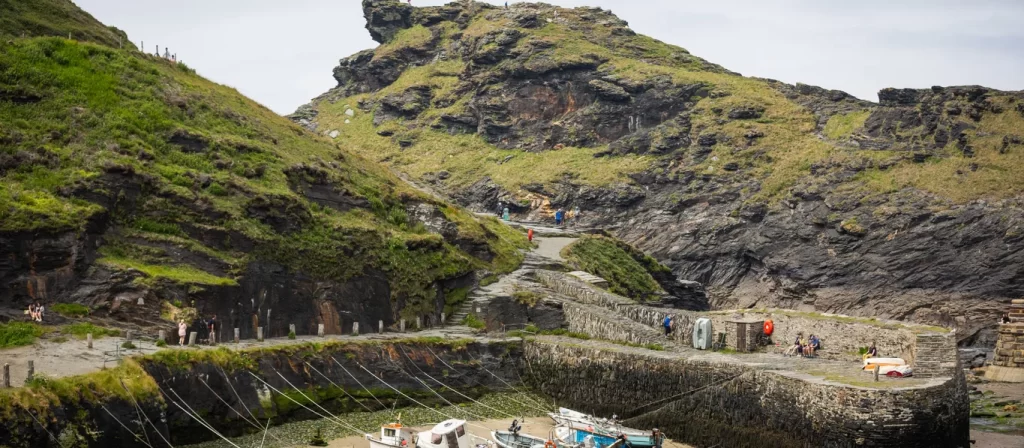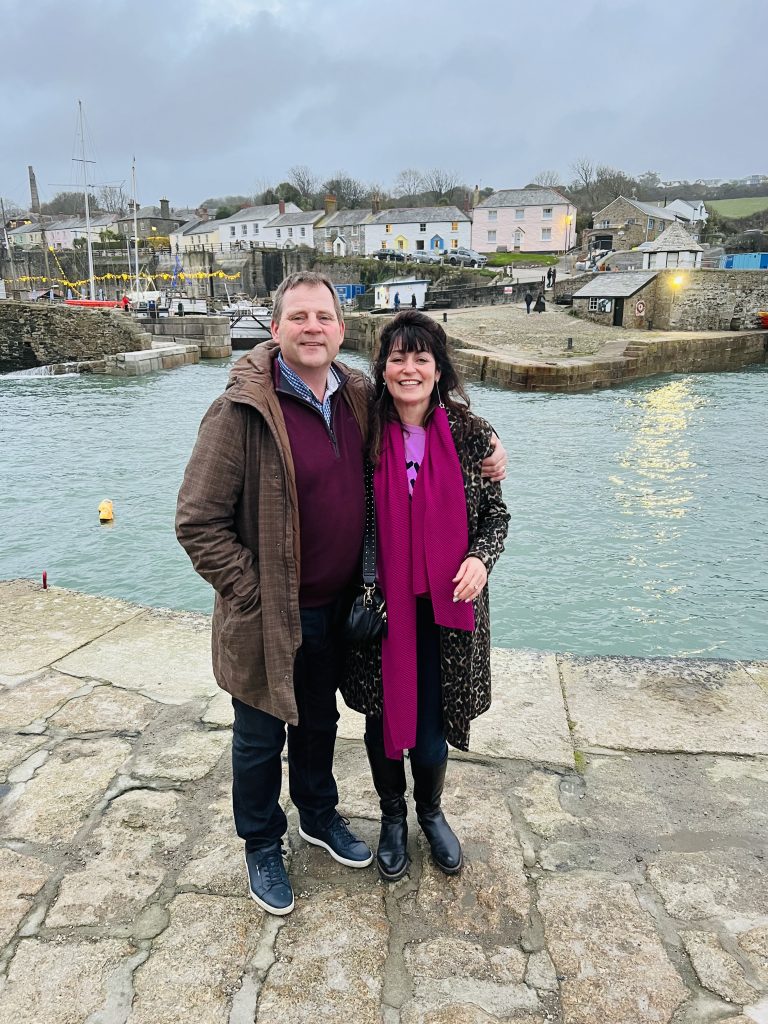The Eden Project’s home near St Austell in Cornwall used to be a barren landscape – a former clay mine with no soil or plants, this huge crater is now transformed into a beautiful global garden, which sets the stage for an extraordinary day out where you’ll rediscover the natural world as you’ve never experienced it before.
Explore massive covered Biomes to trek through the world’s largest indoor rainforest and immerse yourself in the calm fragrance of the Mediterranean Biome. Enjoy extensive outdoor gardens, contemporary artworks, performance and storytelling. Discover places to rest, play and eat, and pick up inspiring ideas to take home on how to care for the planet that cares for you.
We recommend visiting the website to plan your visit.



